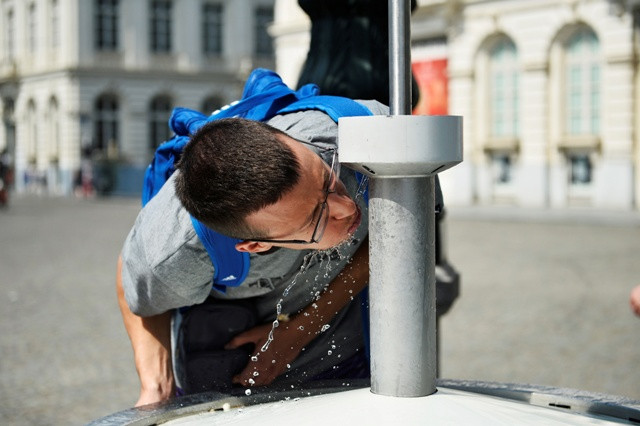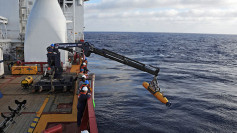The World Health Organization calls for governments and concerned entities to examine the actual impact and health risk of microplastics to the human body.
The organization made the call after a 124-page analysis that found drinking water contains microplastics larger than 150 micrometers or a small fraction of the diameter of a human hair.
WHO said that while microplastics this large may unlikely be absorbed in the human body, this may not be the case for microplastics size smaller than 150 micrometers or in the nano-size range. The body may be absorbing nanosize of microplastics in large amount than what was seen in the study.
With this, it would only logical to emphasize the calls for a reduction in plastic pollution not just to reduce environmental risk but also reducing human consumption of microplastics, WHO said. At this point, there is no enough data to specify the health impact of microplastics other than they are being consumed through the drinking water, said Dr. Maria Neira who is the Director in the Department of Public Health, Environment and Social Determinants of Health at WHO.
Based on the limited information the research team has, microplastics seemed to bring no health risk at current levels they are being consumed by people, Neira said. That information, however, does not mean that governments can be complacent about the issue. As noted, the data was limited.
The next step should be identifying standard methods for measuring the exact amount of microplastics contained in the water. The sources of microplastics in freshwater should also be traced and that each of the water treatment methods should be analyzed in terms of their efficacy and getting rid of unwanted particles in the water.
At this level, WHO said that regulators should work nonstop to at least eradicate the microbial pathogens, fecal matters, and chemicals in the water that caused diarrhea among humans. The good news is that the wastewater treatment technology available today can remove more than 90 percent of microplastics from wastewater. The most effective method is filtration, according to WHO.
Still, accessibility to treated water remained scarce in some parts of the world, WHO said. And while conventional drinking water treatment can remove microplastics, that simple technology is not available to some regions of the world.
Even regions with access to technology, however, are not excused from consuming microplastics in their drinking water. In a separate interview, Bruce Gordon, WHO's the coordinator for Water, Sanitation, Hygiene, and Health, said WHO found higher amounts of microplastics in bottled water than tap water. The problem may be rooted in the bottling process, he added.






